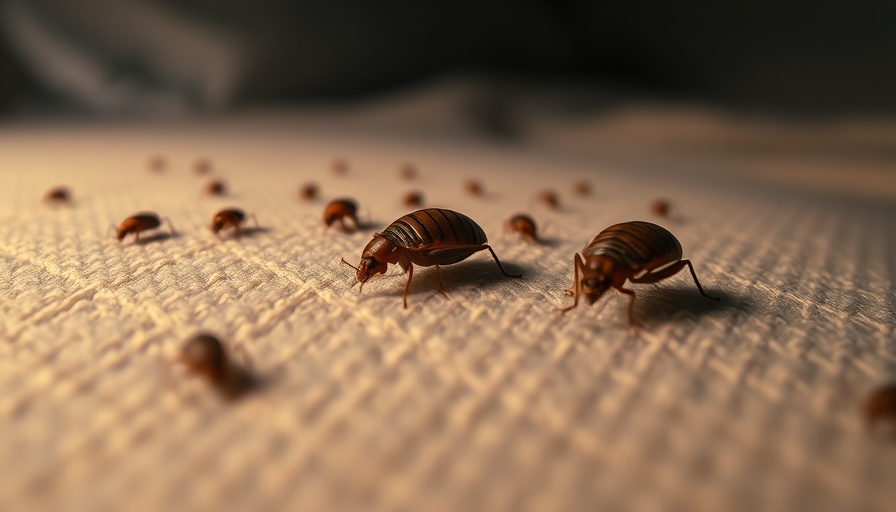
The Ancients: Tooltip to Modern Pests
Bed bugs, often viewed as an inconvenience in modern society, have a lineage that dates back thousands of years. Recent research suggests that these notorious pests might be the first true urban inhabitants ever to align themselves with humans. This profound relationship began around 60,000 years ago when some bed bugs made a critical leap from bat hosts to Neanderthals, setting a precedent for what would become a thriving association with humans.
Understanding Our Co-Habitation with Pests
A newly published study in Biology Letters from Virginia Tech sheds light on the genetic sequencing of two distinct bed bug lineages. One lineage is closely tied to humans, while the other remained with bats. This compelling study reveals that bed bugs adapted to human environments experienced a notable population recovery after the Last Glacial Maximum, a period that marked a steep decline in bat-associated populations. As cities and large human settlements developed, notably in Mesopotamia, bed bugs capitalized on the increased availability of hosts, showcasing a parallel demographic growth that can teach us about urban pest behavior today.
Implications for Urban Pest Management
This groundbreaking research may revolutionize pest management strategies in urban areas. Understanding how human expansion correlates with bed bug proliferation allows for better predictive models on pest outbreaks and could lead to more effective preventive measures. As urban populations grow, so does the potential for bed bugs and other pests to thrive alongside them.
Conclusion: The Hidden Life of Bed Bugs
In examining the historical ties between humans and bed bugs, it becomes increasingly evident that these creatures have not only adapted biologically but have also influenced our living environments. As healthcare practitioners and entrepreneurs alike consider ways to cope with modern pest challenges, leveraging knowledge from their ancient behaviors could pave the way for innovative solutions. Acknowledging this long-standing relationship helps us anticipate the future dynamics of urban living and pest control.
 Add Row
Add Row  Add
Add 




 Add Row
Add Row  Add
Add 



Write A Comment